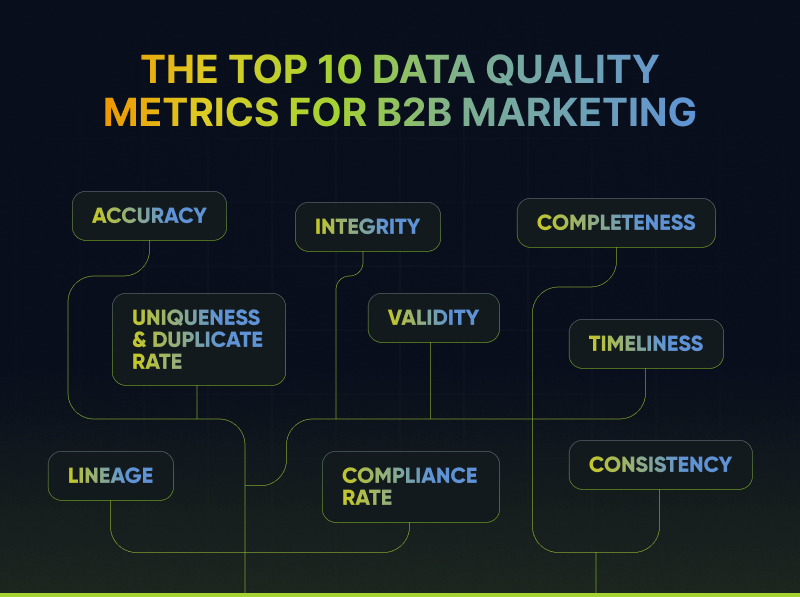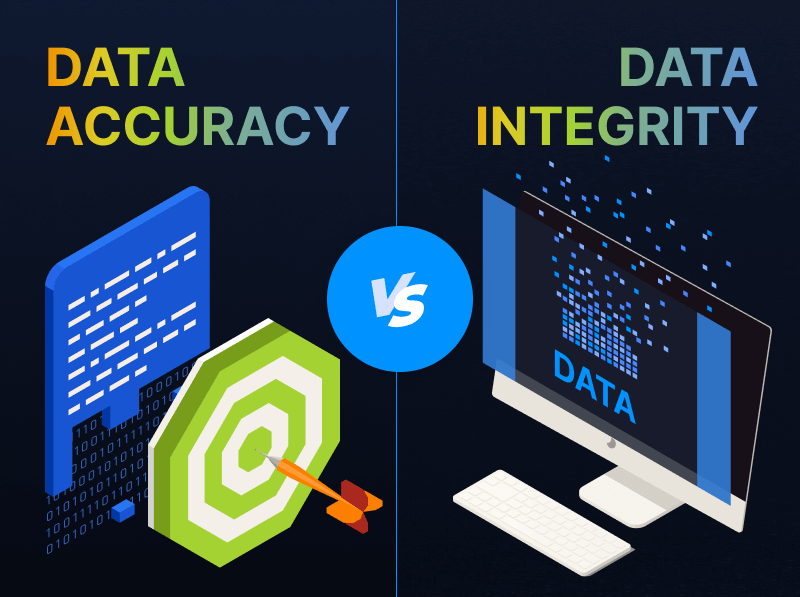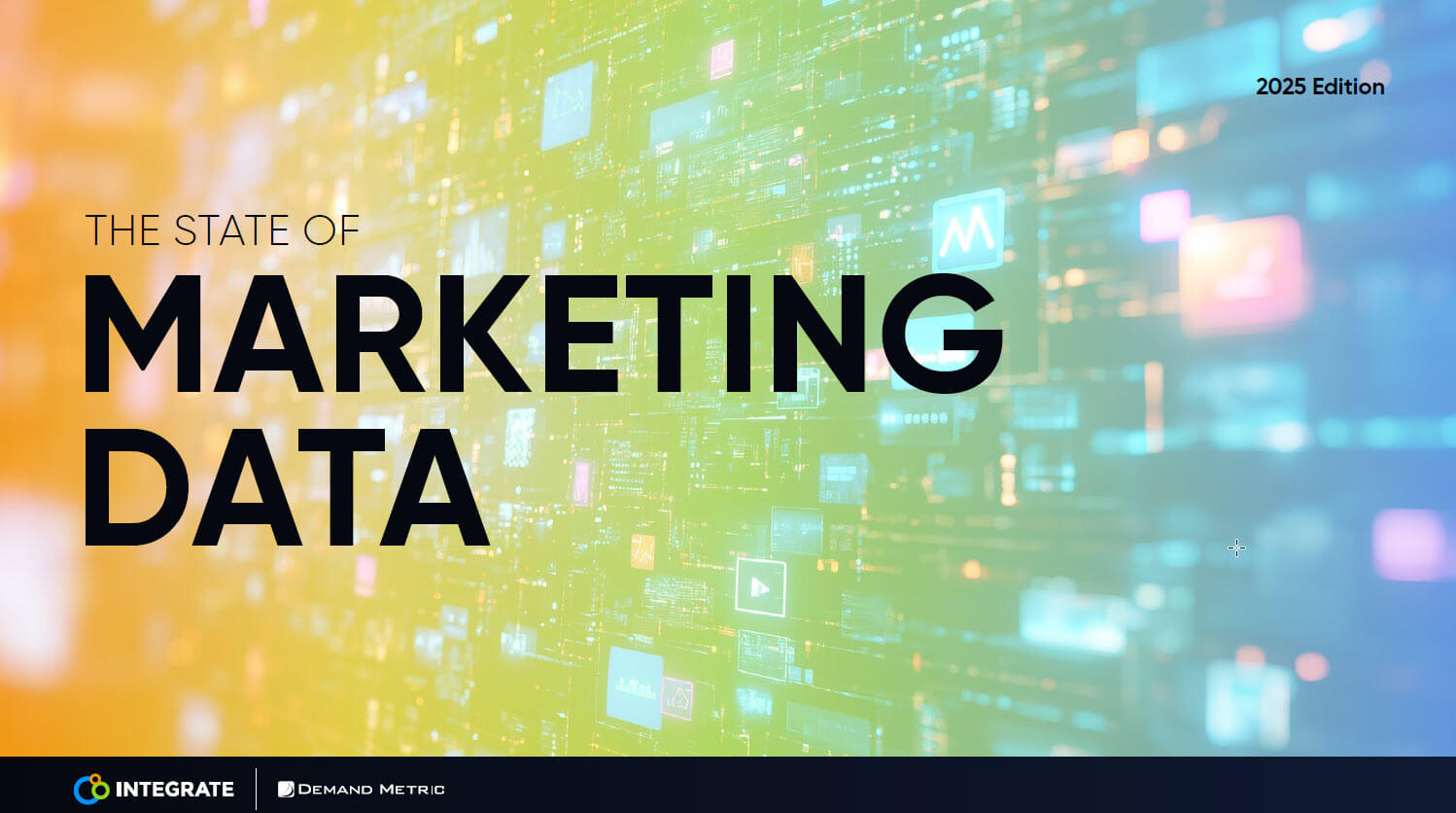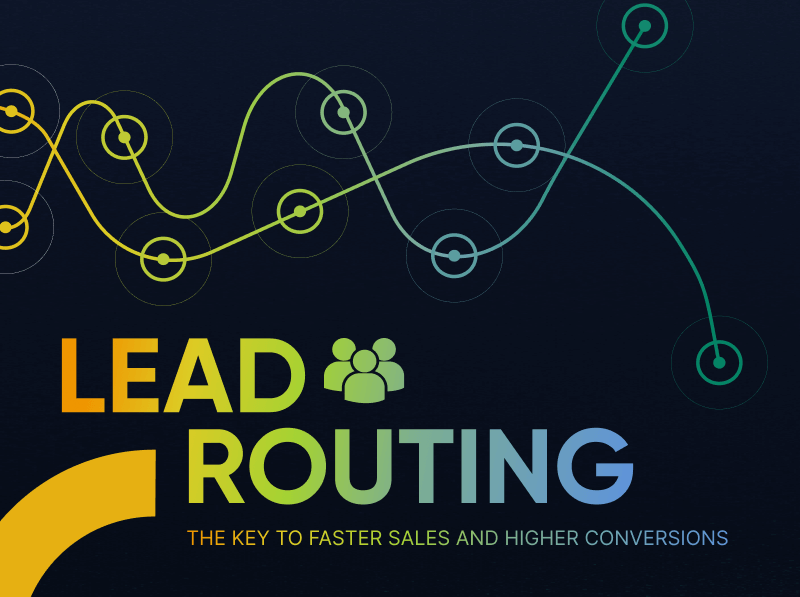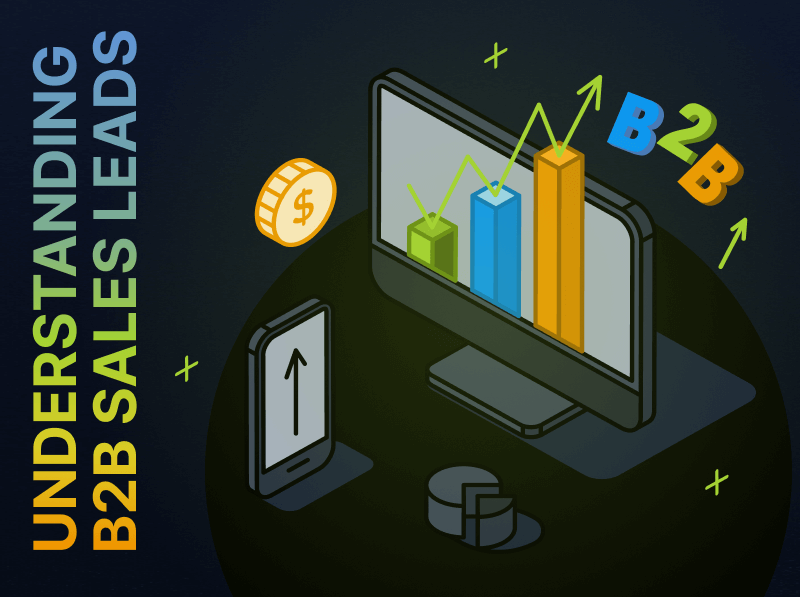15 Trade Show and Event Statistics for Exhibitors
If you regularly exhibit at trade shows and events, no doubt you want to keep your finger on the pulse of the industry, exhibitor best practice, and marketing trends. I’ve collated 15 of the most insightful and interesting event statistics, covering everything from the state of the industry, to lead generation and measuring event success.
Statistics are only as valuable as the insight you can extract from them. So for each one, I’ve picked out a couple of key takeaways. This should provide a good starting point for you to learn from, and start improving the performance of your trade shows and events.
Budget and Planning
The average Chief Marketing Officer allocates 24% of their total annual budget to live events. (Forrester, 2016)
If you were concerned that events were losing popularity as a marketing channel, don’t worry. Trade shows and exhibitions are going strong. Companies place enough value on the face-to-face interactions they get with prospective customers that they dedicate almost one-quarter of their marketing budget to exhibiting at, sponsoring, or attending events.
33% of exhibitors’ trade show budget is spent on exhibit space. (Exhibitor Online, 2017)
The biggest cost of exhibiting at an event – by far – is the space itself. Other big costs include travel and accommodation for employees (14%), show services (13%), shipping (12%) and exhibit design and construction (12%).
Events as a Marketing Channel
31% of marketers (31%) believe that events are the single-most effective marketing channel. (Bizzabo, 2017)
Events topped the list, ahead of digital advertising, email marketing and content marketing. In today’s digital world, it seems that you can’t beat a real-world, face-to-face conversation.
47% of marketers believe events are a highly efficient and effective way to reach and engage with multiple customers and prospects. (CMO Council & E2MA, 2013)
Events are your best chance to have a one-on-one, in-person conversation with sales prospects. At a trade show or exhibition you have access to a large number of targeted attendees: their attendance signals a clear interest in your field. Digital marketing channels simply don’t give you the same chance to connect.
64% of event marketers say trade shows are most often used as sources of new business opportunities. (CMO Council & E2MA, 2013)
At Integrate, we hear a lot of reasons for exhibiting at trade shows: networking with existing customers; keeping up with competitors; and brand perception. But it’s clear that generating new business leads remains the biggest focus.
59% of event exhibitors don’t have a formal lead ranking / scoring process. (Exhibitor Online, 2015)
If you don’t have a lead ranking process, this means all leads carry the same weight. So you follow-up with each lead in the same way – regardless of whether you simply scanned that person’s badge, or had a ten minute in-depth conversation with them.
Collecting business cards is still the most popular lead collection method. (Exhibitor Online, 2015)
According to Exhibitor Online’s 2015 Sales Lead Survey, 90 companies collect business cards, 60 use badge scanners, and 53 use paper forms that need to be filled-in by hand, and 50 use a variety of other methods. It’s unbelievable that, with all the digital tools and technology available, paper-based lead capture methods are still among the most popular for exhibitors.
Event Follow-up
80% of trade show exhibitors don’t follow up with their show leads. (SalesForce, 2012)
While this statistic is several years old now, it’s worth including in this list. Because there’s a whole list of reasons why trade show leads don’t get followed-up: misspelled contact details; information missing from forms; illegible handwriting… If the main reason you exhibit at trade shows is to collect leads, and then you never follow-up with those leads, you’re wasting time and money exhibiting. Let’s hope this percentage has dropped in the years since 2012.
38% of event exhibitors take longer than six days to follow up with their event leads. (Exhibitor Online, 2015)
If you briefly spoke with someone on a Monday, would you recall that conversation, who they were, and why you were interested in speaking with them by the following Wednesday? Especially if you’d spoken with dozens of other people on the same day. More than a third of exhibitors take longer than a full working week to follow up with the leads they collect at trade shows and events, and a further 40% take between three and five days to follow up after the show has finished.
Just 6% of marketers believe their company converts trade show leads, contacts and conversations into customer business extremely well. (CMO Council & E2MA, 2013)
Well, if only 20% of exhibitors follow-up with trade show leads, it’s no surprise that very few marketers feel like their company is converting leads into customers. While your show team may do a fantastic job of collecting lots of high-quality leads, poor follow-up processes are letting your company down, and wasting your show team’s efforts. As a starting point, here’s a guide to when and how to follow-up with trade show leads.
50% of buyers choose the vendor that responds first. (InsideSales.com)
If you’re relying on badge scanners or paper forms for lead collection at trade shows, it probably takes you a week or two to follow up with your show leads. By which time, your competitors have probably already reached out, putting you several steps behind in the sales process.
Measuring and Reporting on Events and Trade Shows
61% of marketers want to be able to measure ROI from all their marketing channels. (Demand Gen Report, 2018)
The majority of digital marketing channels are easily measurable. Unfortunately, events and trade shows have been left behind when it comes to measurability and accountability. It’s harder to measure and report on face-to-face interactions, especially if your company has long sales cycles. But with better lead capture tools and integrations with the rest of your marketing tech stack, it should at last be possible to measure and report on the ROI of events.
50% of exhibitors have no idea how many trade show leads convert into sales. (Exhibitor Online, 2015)
It’s crazy that half the companies surveyed are happy to spend tens of thousands of dollars to exhibit at a trade show, based on nothing more than gut feel. Events have the potential to be a top-performing customer acquisition channel. They’re your one chance to get face-to-face with prospects, but you’ll never know unless you’re measuring them like all your other marketing channels.
The top 5 metrics marketers feel are best for quantifying event value are: new referrals and introductions; quality and quantity of leads; deal closure; value of sales; and upsell and cross-sell opportunities. (CMO Council & E2MA, 2013)
Unfortunately, it’s very rare to find marketers who talk about the success of their events in real numbers. Normally when you get asked ‘how did the event go?’, the answer focuses on how busy the stand was, and the level of footfall, rather than the number of good-fit leads your team collected.
The average ROI for events is 25-34% (Marketing Charts, 2015)
This was only a small study, of just over 200 respondents, but this is a useful figure to benchmark your events performance. It’s also interesting to note that 19% of respondents didn’t know how much return on investment they got from exhibiting at events. So if you have no idea what the ROI is from your trade shows, you’re not alone.
Get the most out of trade shows with our eBook, The Exhibitors Guide to Trade Shows & Events.



